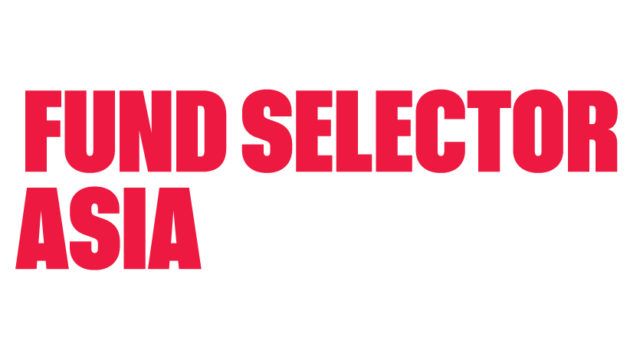The council released a report on Tuesday recommending a mechanism to allow mutual market access for both mainland and Hong Kong retail investors, according to a statement by the council.
The proposal said the link between the two bond markets could be done through the same trading mechanism of the Shanghai-Hong Kong Connect scheme, according to the report.
“Following the connection between the mainland and Hong Kong on the stock market, there is room for Hong Kong to further capitalise on the opportunities brought about by the connection in the bond market between the two places,” FSDC chairman Laura Cha, who is also HSBC’s non-executive deputy chairman, said in the statement.
Mainland China’s bond market, which is subdivided into the interbank bond market and exchange-traded bond market, is the third largest in the world after the US and Japan, with total depositary balance of $8.7trn as of end-July, according to the report.
The bond market size in Hong Kong is around $400bn, it added.
The FSDC, which was established by Hong Kong’s government in 2013, engages with the financial services industry and advises the government on strategies and measures to expand the scope of the territory’s financial markets.
Retail investors in both the mainland and in Hong Kong have limited access in each other’s bond markets, according to the report, citing limitations with the schemes that are currently available.
For example, foreign retail investors can invest in the mainland bond market indirectly through the qualified foreign institutional investor (QFII) or renminbi qualified foreign institutional investor (RQFII) funds focusing on the mainland bond market.
China’s QFII and RQFII schemes allow foreign institutional investors to invest in onshore assets using US dollar and offshore RMB, respectively.
However, neither QFII nor RQFII investors are keen on the mainland bond market. Only 10% of QFIIs’ total portfolios were invested in the market as of end-2014, while only four out of 25 RQFII exchange-traded funds invest solely in the mainland bond market as of end-June, according to the report.
Foreign retail investors can also access the mainland bond market through bond funds sold under the China-Hong Kong mutual recognition of funds (MRF) scheme. But as of end-June, only one-third of 37 approved mainland funds under the scheme have invested in the mainland’s bond market and only four of them are pure bond funds, the report said
Southbound capital controls
In the other direction, mainland institutional investors can invest in Hong Kong’s bond market through qualified domestic institutional investor (QDII) and renminbi qualified domestic institutional investor (RQDII) funds, as well as funds that are sold through the MRF scheme.
Both the QDII (quota-based) and RQDII (non-quota based) schemes allow domestic financial institutions to invest RMB in offshore markets. However, authorties stopped issuing new quotas for QDII and stopped applications for the RQDII earlier this year due to concerns about money leaving China.
In any case, the share of bond-only funds under the QDII programme is small, accounting for only less than 3% of the total $90bn QDII quota as of end-June, according to the report.

















